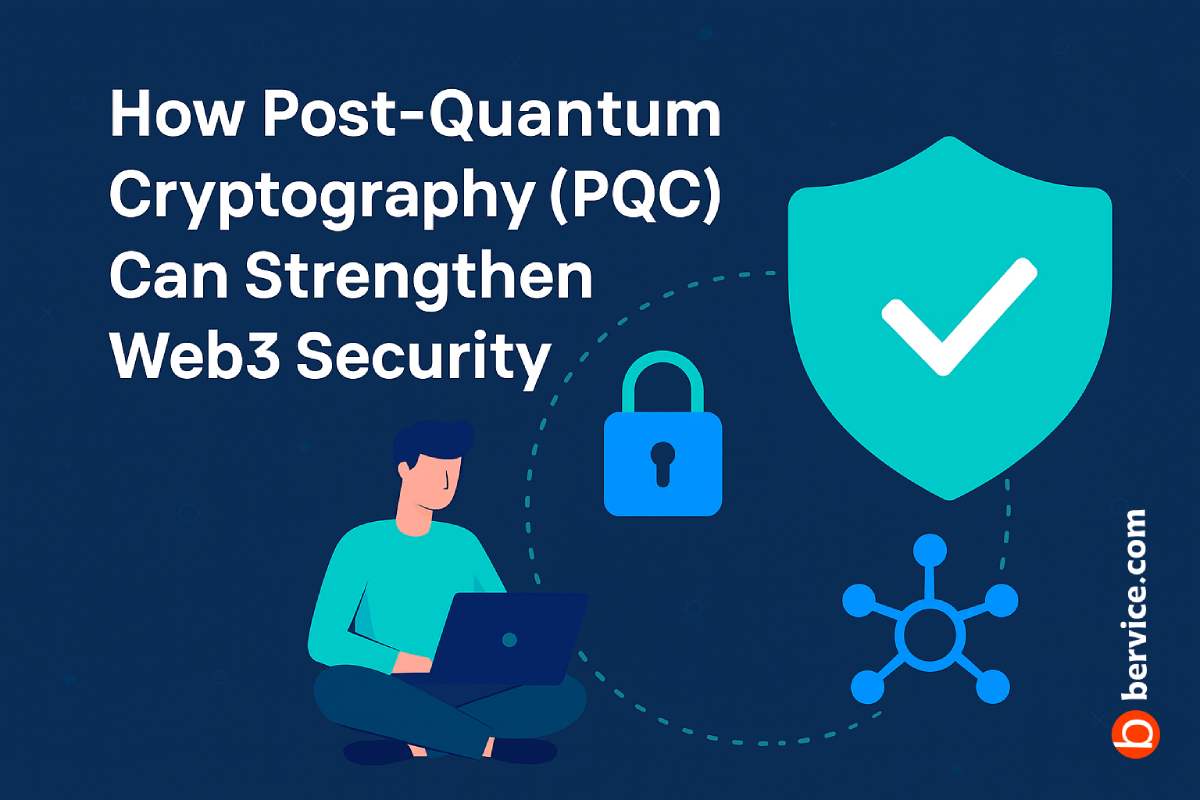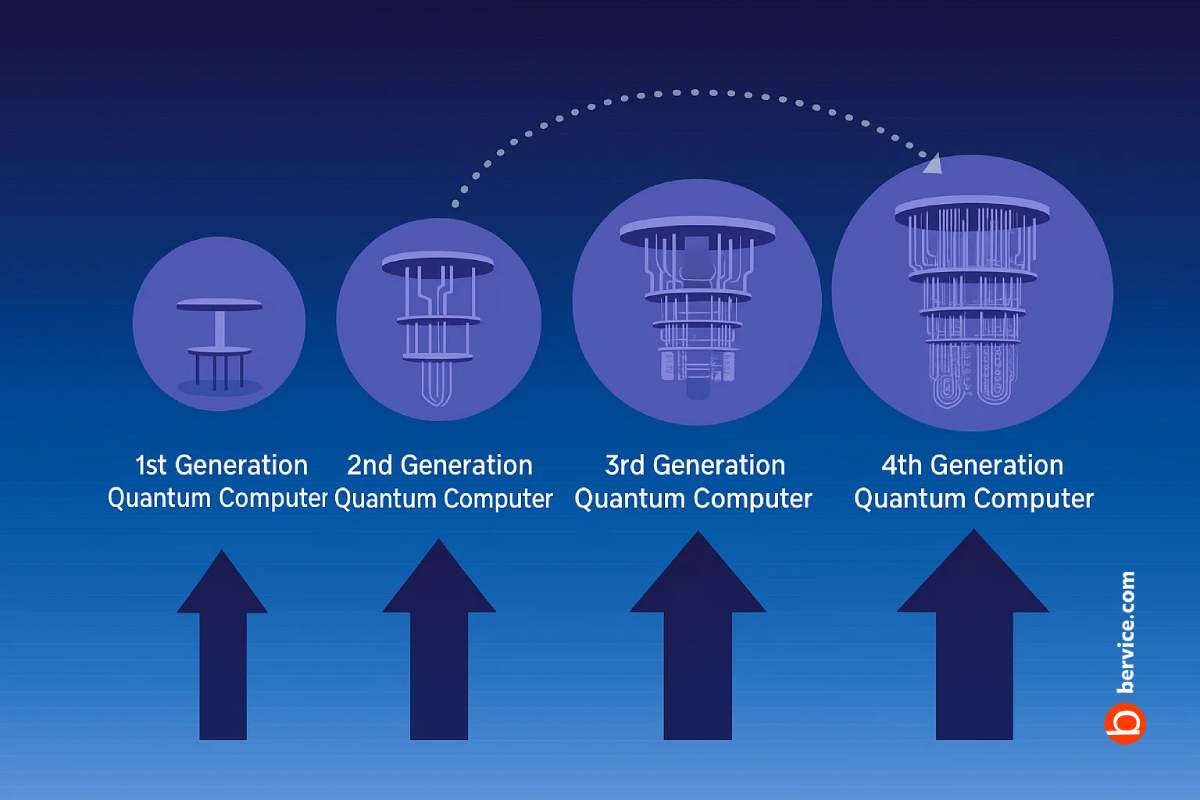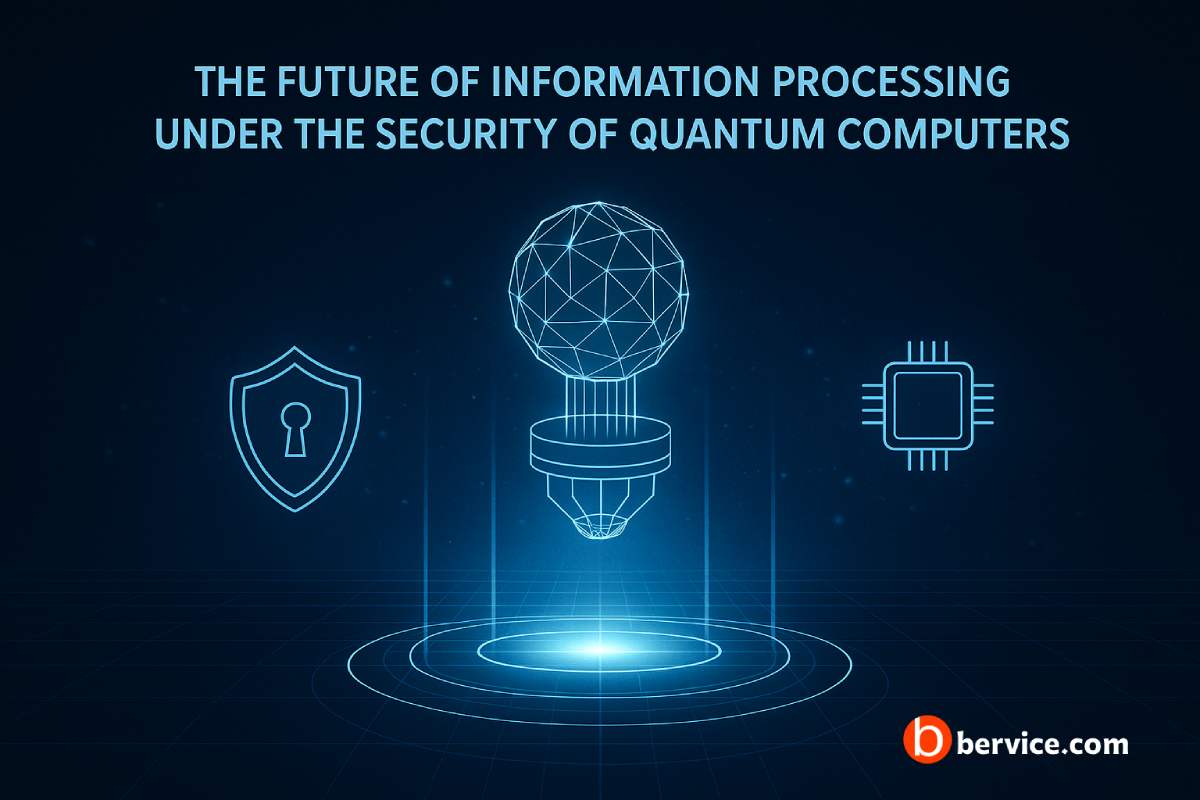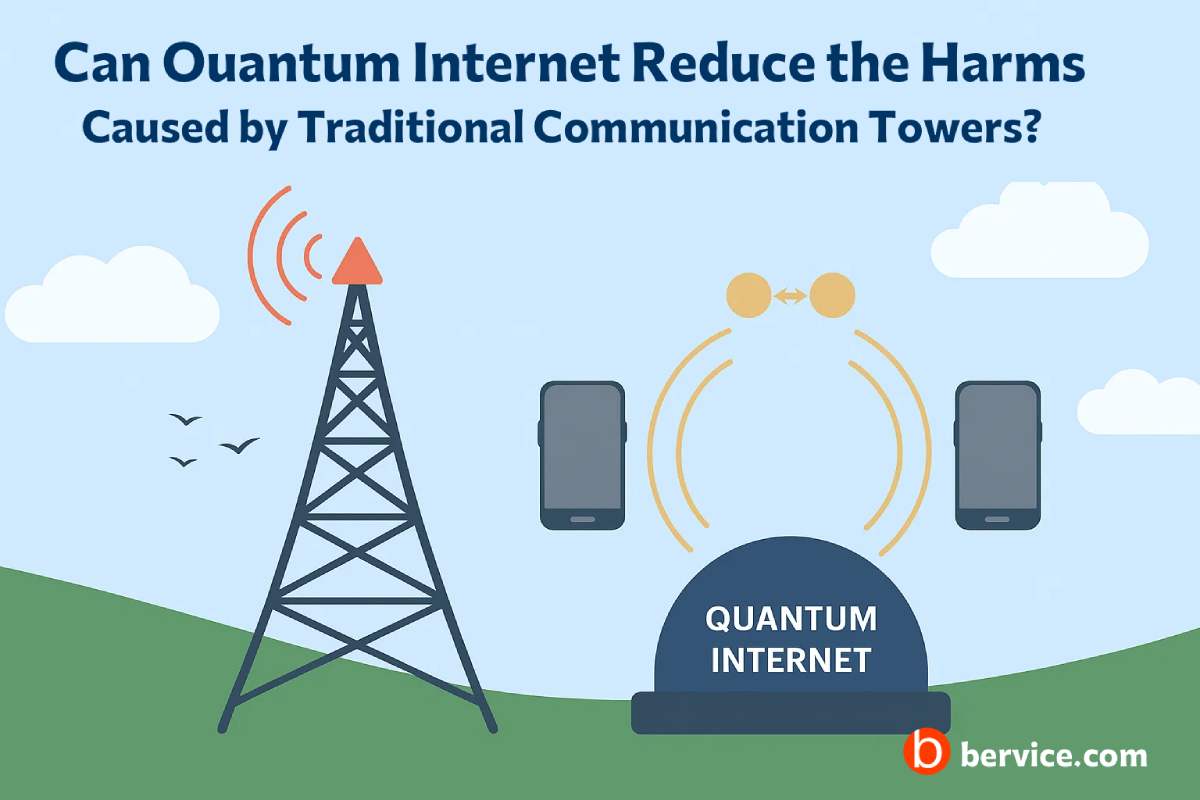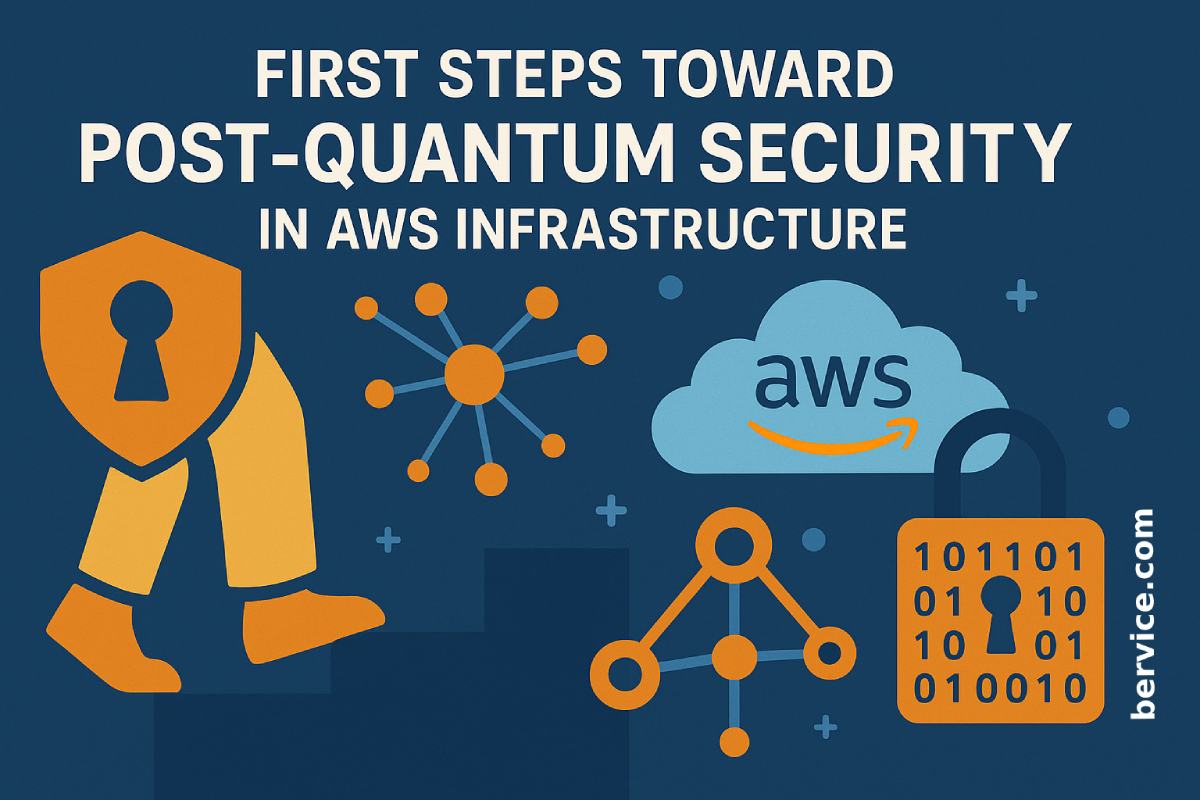
As quantum computing continues to evolve, it presents both unprecedented computational power and significant cybersecurity threats. Classical encryption algorithms such as RSA, ECC, and DH—widely used in modern cloud infrastructure—are vulnerable to attacks from sufficiently powerful quantum computers using Shor’s algorithm. To future-proof sensitive data and maintain customer trust, organizations using AWS must begin integrating Post-Quantum Cryptography (PQC) into their cloud environments today.
This article outlines the first practical steps for securing AWS-based infrastructure with quantum-resistant technologies while ensuring backward compatibility, cost-efficiency, and minimal disruption to existing services.
1. Understanding the Quantum Threat to AWS Workloads
AWS services, including EC2 instances, S3 buckets, and Lambda functions, rely on traditional cryptographic algorithms for TLS handshakes, key exchanges, and data encryption. These mechanisms are susceptible to quantum decryption once large-scale quantum machines become available. Organizations handling sensitive data, especially in finance, healthcare, and defense, must act proactively. AWS itself acknowledges the need for PQC and is part of NIST’s quantum cryptography transition efforts.
2. Audit and Classify Sensitive Assets
Before migrating to post-quantum algorithms, conduct a cryptographic inventory across your AWS accounts. Identify:
- TLS usage across Load Balancers, API Gateway, and CloudFront
- Encryption keys in AWS KMS and CloudHSM
- Client-server communications using VPN or SSH
- Third-party integrations using TLS/SSL
Tag workloads based on sensitivity, exposure, and lifespan, prioritizing long-term secrets such as user PII, private keys, and intellectual property. This prioritization helps you focus on systems that are most at risk from “harvest-now-decrypt-later” attacks.
3. Begin With Hybrid Cryptographic Protocols
Many AWS-compatible libraries and vendors now support hybrid cryptographic schemes that combine classical and post-quantum algorithms. These protocols ensure backward compatibility with traditional clients while introducing quantum-safe layers. Examples include:
- TLS with Kyber + X25519 (via OpenSSL forks or BoringSSL)
- SSH with hybrid key exchange mechanisms (using OpenSSH patches)
- Hybrid VPN tunnels using quantum-safe IKE proposals (supported by some Fortinet/Cisco devices)
You can deploy these in test environments within Amazon EC2 or EKS clusters, running custom-built containers with hybrid TLS.
4. Leverage AWS KMS with BYOK PQC Keys
Currently, AWS Key Management Service (KMS) and CloudHSM do not natively support post-quantum algorithms. However, you can use the Bring Your Own Key (BYOK) feature to import keys generated using post-quantum-safe algorithms (like CRYSTALS-Kyber) from supported libraries such as:
- Open Quantum Safe (liboqs)
- Bouncy Castle PQC
- PQCrypto-SIDH and Dilithium implementations
Store these keys securely outside the AWS cloud and rotate them regularly. Monitor AWS updates as native PQC support in KMS is expected in future releases.
5. Implement PQC-Compatible SDKs and Libraries
Update client-side and backend applications hosted in AWS Lambda, Fargate, or EC2 to use libraries supporting quantum-safe algorithms. Some reliable libraries include:
- liboqs (Open Quantum Safe project)
- Google’s Tink
- Microsoft SEAL (for homomorphic encryption)
- AWS Nitro Enclaves SDKs, when adapted for custom key-handling logic
When deploying these libraries, test against NIST Round 3 finalists such as Kyber, Dilithium, and Falcon to align with expected federal standards.
6. Monitoring, Logging, and Testing
As you transition toward PQC:
- Use AWS CloudTrail to monitor key usage, encryption operations, and network behavior
- Enable Amazon Inspector or AWS Config to track unsupported cryptographic usage
- Test latency, CPU impact, and client compatibility for all hybrid or post-quantum implementations
Create detailed logs and threat models to simulate quantum-capable adversaries. You may also use AWS’s Well-Architected Tool to review and revise your security posture in a post-quantum context.
Conclusion: Start Now, Adapt Gradually
The threat of quantum computing may seem distant, but the time to prepare is now. Post-quantum readiness is not a one-time upgrade but a gradual transformation. By starting with cryptographic audits, hybrid deployments, BYOK for KMS, and PQC-aware development, AWS users can significantly reduce their long-term risk.
As NIST finalizes its PQC standards and AWS updates its services accordingly, early adopters will enjoy a smoother transition and a stronger security posture in the quantum era.
✅ Ready to quantum-proof your AWS stack?
Start by experimenting in test environments and stay updated with NIST and AWS announcements. Being quantum-aware today secures your cloud future tomorrow.
Connect with us : https://linktr.ee/bervice
